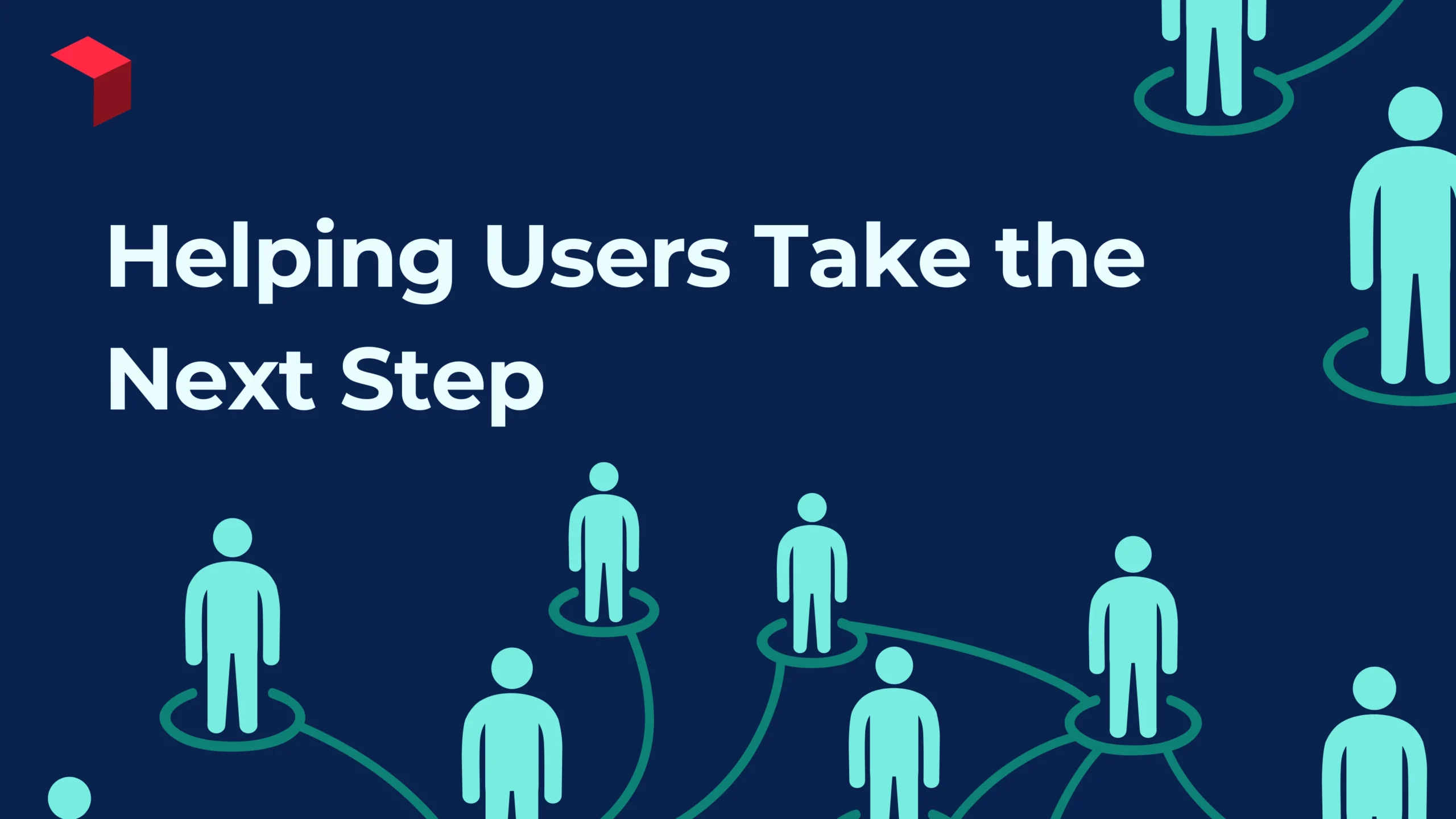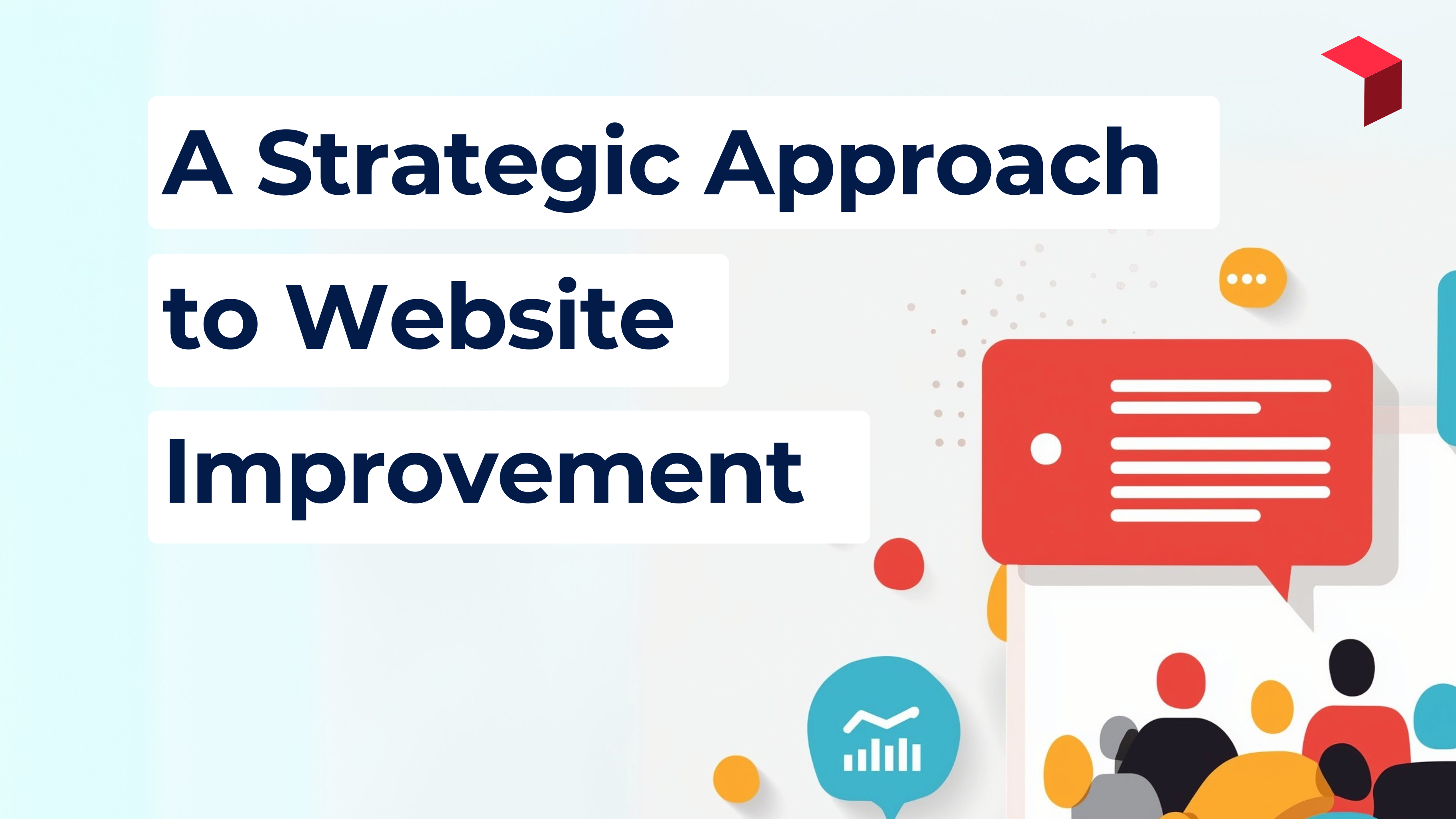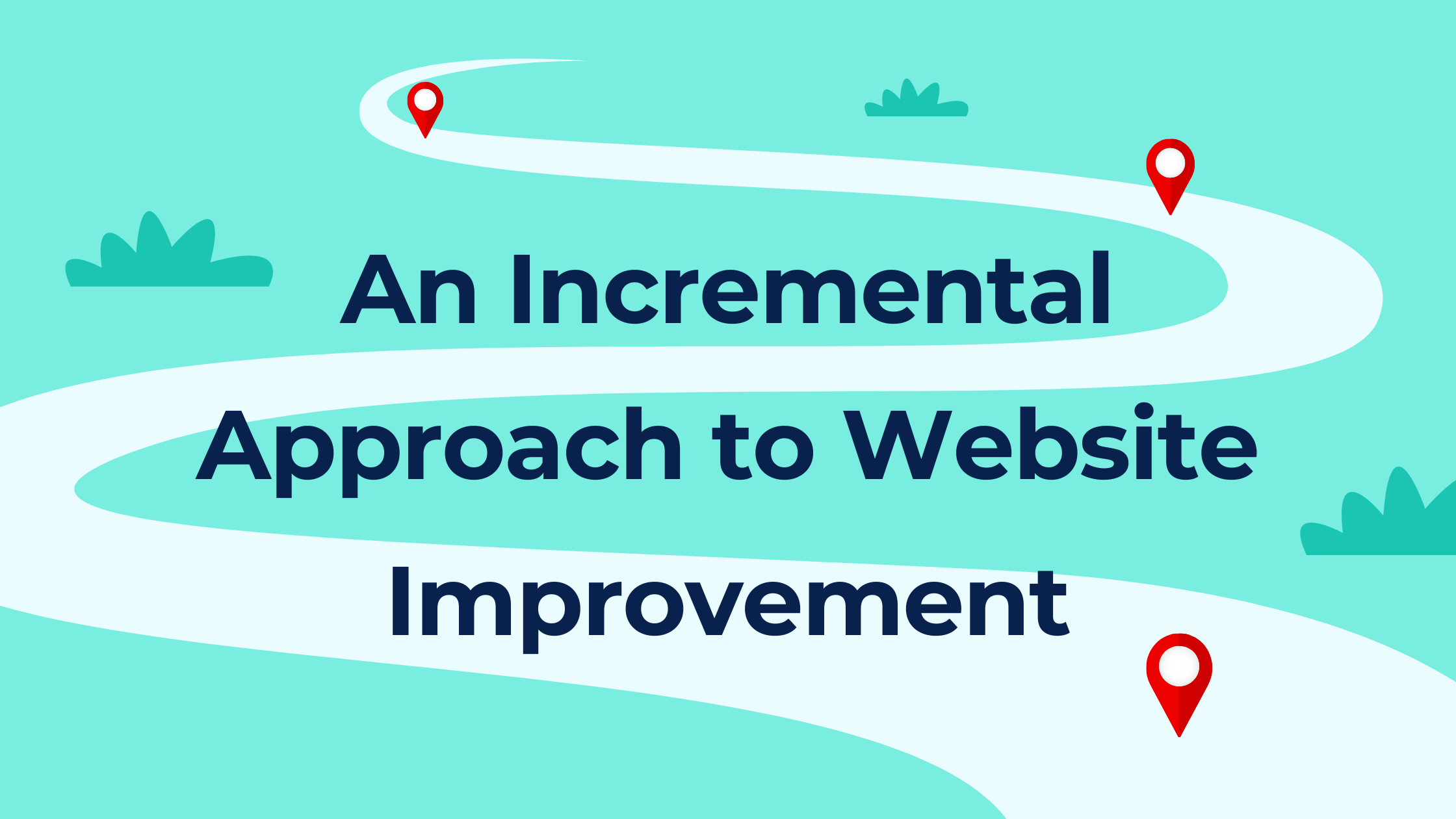Your website is more than a digital front door—it’s a mission-critical enrollment engine. Yet, many institutions mistakenly believe that only a full-scale redesign can move the needle. At iFactory, we know that’s not the case. With over 30 years as a digital marketing leader for higher education, we’ve proven that targeted, data-driven optimizations can increase applications, campus visits, and donations—without the disruption or cost of starting from scratch.
In Part 1, we talked about clarifying your message. In Part 2, we covered how to center your audiences in the structure and content of your website. Now, in Part 3, we’re focusing on turning interest into action.
But before you start tweaking pages or reworking user flows, step back and ask:
What actions matter most, and how will we know if we’re moving the needle?
Whether it’s increasing applications, boosting event attendance, or strengthening donor engagement, clarity on your priority actions will guide every design choice and make measurement meaningful. A few focused updates can reduce friction, improve user flow, and start producing better results—right away.
Step 1: Define the Actions That Matter
No matter who your audience is, they likely have one goal in mind: getting something done. Maybe they want to apply, schedule a visit, donate, or register for an event. If it’s hard to figure out how to do it, they’re more likely to walk away.
Choose two to three key actions you want your website to drive. Examples might include:
- Applications started and submitted: The clearest indicator of enrollment success.
- Campus visits scheduled: Both virtual and in-person visits are strong predictors of matriculation.
- Information requests: These generate qualified leads for admissions teams.
- Event registrations: Especially for open houses, webinars, and admitted-student events.
- Donations processed: Seamless giving experiences support advancement goals.
By focusing on two or three high-impact actions, institutions can allocate resources efficiently and build an analytics framework that delivers actionable insights—not just data noise.
Step 2 : Align Website Design With User Flow and Conversion Strategy
Once you’ve defined your most valuable actions, the next step is to optimize your site’s architecture and design for conversion. If you think of your website as a series of pathways, some are smooth and others are bumpy. Focus on one journey at a time and look for areas where users might hesitate or get lost.
Too often, critical CTAs are buried or forms are unnecessarily complex, creating friction that drives users away.
Our Process:
- Map high-value user journeys: From entry point to conversion, we analyze every step.
- Identify friction points: Where do users drop off? What obstacles can be removed?
- Streamline forms and navigation: Even small tweaks—like reducing form fields or elevating CTAs—can yield significant results. For example, one iFactory client saw a 22% increase in visit registrations after simplifying their registration form.
This is conversion optimization in action: removing barriers and guiding users toward the next step with clarity and ease.
You don’t have to tackle everything at once. One clear link, one simplified flow, one less click—that’s enough to make a difference.
Step 3: Apply Clear, Persuasive Calls to Action
Once you’ve smoothed out the user paths, take a fresh look at the words on the page. Are your calls to action actually telling people what to do—and why it matters?
A vague “Learn More” or “Click Here” doesn’t do much to encourage action. Instead, think about what your audience wants and how your site can support that.
Try things like:
- “Start your application” instead of “Apply”
- “Find a program that fits your goals” instead of “Explore majors”
- “Join us for a campus visit” instead of “Request info”
Clear, specific language builds trust. It also removes guesswork, which makes it easier for people to move forward.
Step 4: Build an Analytics Framework That Measures Impact
Improving your site experience is an ongoing process—but it’s hard to know where to go next if you’re not tracking what’s working. That doesn’t mean you need a complicated analytics setup. Just start with a few key indicators tied to your goals.
For example:
- Are more visitors reaching the application confirmation page?
- Are form completions going up on your visit registration page?
- Are bounce rates dropping on key entry pages?:
- Application starts vs. completions
- Visit registrations over time
We also integrate with CRM systems like Slate and Salesforce, connecting website behavior to downstream enrollment outcomes for true end-to-end visibility.
Keep an eye on where users are entering, where they’re leaving, and where they’re getting stuck. Then, prioritize changes that remove those sticking points.
Even with a limited budget or timeline, small, measurable changes can add up to big impact over time.
What’s Next?
When you focus on what matters most to your users—and make it easier for them to take the next step—you turn your website into a more effective, more human tool for engagement.
In the next (and final) part of this series, we’ll explore how to build on these changes with a long-term roadmap for continuous improvement, so your website can keep evolving right alongside your institution’s goals.
If you’re thinking about where to begin, we’re here to help. iFactory has partnered with higher ed institutions for more than 30 years, and we specialize in phased, user-centered updates that move the needle. Reach out any time at hello@ifactory.com.
Frequently Asked Questions
Institutions should focus on a handful of key performance indicators (KPIs) tied directly to enrollment and advancement goals. This includes tracking application starts and completions, visit registrations, bounce and exit rates on critical pages, and conversion funnels. Integrating website analytics with CRM systems can provide a complete picture of user journeys and outcomes.
With the majority of prospective students and donors accessing higher education websites on mobile devices, it is crucial that CTAs are mobile-friendly. This includes using large, easily tappable buttons, ensuring clear visibility, and keeping forms short and simple. Mobile-optimized CTAs help reduce friction and improve conversion rates across all devices. (Source: Think with Google)
Common pitfalls include focusing on vanity metrics (like pageviews), expecting immediate results, neglecting mobile optimization, and making changes without a clear measurement plan. Avoiding these pitfalls ensures that website improvements are meaningful, sustainable, and aligned with institutional priorities.
Early indicators, such as increased CTA clicks or reduced form abandonment, can appear within 30–60 days. More substantial improvements in applications, visits, or donations typically emerge within a semester (90–120 days), while long-term impact on enrollment and advancement is best evaluated over 6–12 months.



